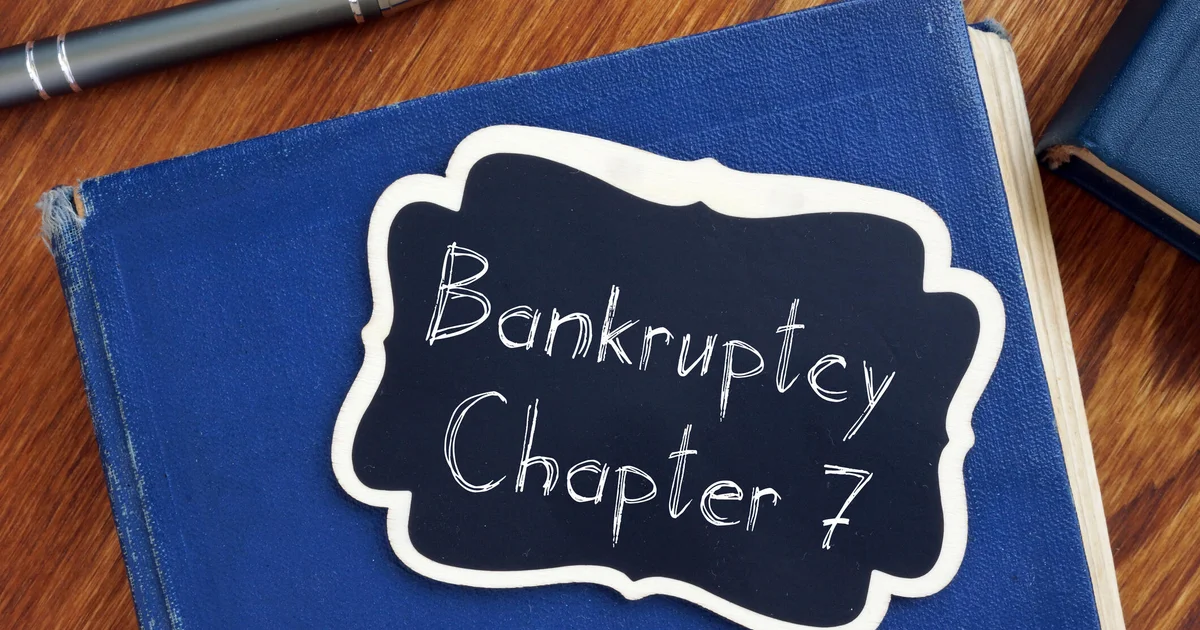By Angelica Leicht
Copyright cbsnews

The average American household currently carries over $7,000 in credit card debt, and for a large number of borrowers, other debts, like medical bills and personal loan debts, are also piling up amid today’s tough economic landscape. With this type of economic strain and uncertainty affecting millions of households, more people are exploring Chapter 7 bankruptcy as a path to financial relief. But while bankruptcy was designed as a fresh start mechanism for those dealing with debts they simply cannot handle, it’s not uncommon for those approaching this legal process to feel overwhelmed by the complexity and requirements that come with it.One of the most common questions that arises during bankruptcy consultations, though, is a deceptively simple one: Do you really have to include every single debt you owe? After all, it could make sense, at least on paper, to strategically exclude certain debts to maintain relationships with preferred creditors, but bankruptcy is a legal process, so many borrowers are also worried about accidentally omitting a debt and facing serious consequences. Understanding these requirements isn’t just about following the rules, though. It’s about maximizing the benefits of your fresh start while avoiding potential legal pitfalls. So, do you have to include all debt in this type of bankruptcy — or can you pick and choose what you list? That’s what we’ll explore below.Get more help with your overwhelming credit card debt now.Do you have to include all debt in a Chapter 7 bankruptcy?Federal law requires you to list every debt you owe when filing for Chapter 7 bankruptcy, regardless of whether you want that debt discharged or not. This requirement exists for transparency and to ensure the bankruptcy process serves its intended purpose of providing comprehensive debt relief.That means when completing your bankruptcy petition, you must list every creditor you owe money to as of your filing date. This includes obvious debts like credit cards, personal loans and medical bills, but also extends to less obvious obligations such as money borrowed from family members, unpaid utility bills, outstanding taxes, student loans and even potential debts from pending lawsuits.Listing a debt doesn’t automatically mean it will be discharged, though. Certain types of debt are considered non-dischargeable under bankruptcy law, meaning you’ll still owe them after your case closes. These typically include recent tax debts, student loans (with rare exceptions), child support, alimony, debts related to certain legal incidents and debts obtained through fraud. Even though these debts won’t be eliminated, you’re still legally required to list them in your petition.The consequences of failing to list all your debts can be severe. If you accidentally or intentionally omit a debt, that creditor likely won’t receive notice of your bankruptcy filing, which means the debt may not be discharged even if it would have been otherwise eligible. Courts can also view intentional omissions as bankruptcy fraud, which can result in criminal charges, fines and denial of your discharge altogether. And, if you remember a debt after filing, you’ll need to amend your petition, which involves additional paperwork, court filings and potentially more attorney fees.Compare your debt relief options and get started on a new path today.Bankruptcy alternatives to consider before filingChapter 7 can provide you with relief from many of your unsecured debts, but it isn’t the only option. Depending on your financial situation, there may be less drastic solutions, including:Debt settlement (also known as debt forgiveness): If your debts have grown unmanageable but you still have some ability to pay, negotiating directly with creditors, or through a professional debt relief company, could allow you to reduce the total amount you owe. This can save money compared with bankruptcy, but it can temporarily impact your credit and may have tax implications.Debt management: Offered through credit counseling agencies, debt management plans can help you consolidate your multiple payments into a single monthly plan. Creditors may also agree to lower interest rates or waive certain fees. This approach can make debts more manageable over time, generally without the long-term credit damage that bankruptcy can bring. Debt consolidation: If you qualify, consolidating high-rate debts into a single loan with a lower interest rate can reduce your monthly payments and simplify budgeting. This option doesn’t erase your debt like bankruptcy does, but it can make it more manageable while protecting your credit score.Chapter 13 bankruptcy: While still a form of bankruptcy, Chapter 13 doesn’t liquidate assets like Chapter 7. Instead, it allows you to reorganize your debt into a structured repayment plan over three to five years. This can be ideal for individuals who have valuable property they want to keep or for those who earn too much to qualify for Chapter 7.The bottom lineChapter 7 bankruptcy requires complete honesty about your financial situation, including listing every debt you owe, regardless of whether you want it discharged. This transparency requirement protects the integrity of the bankruptcy system and ensures you receive maximum benefit from your fresh start. So, while the process might feel invasive, remember that bankruptcy exists specifically to help people overwhelmed by debt get back on their feet. And, when done correctly, Chapter 7 can provide the comprehensive debt relief you need to rebuild your financial life.



